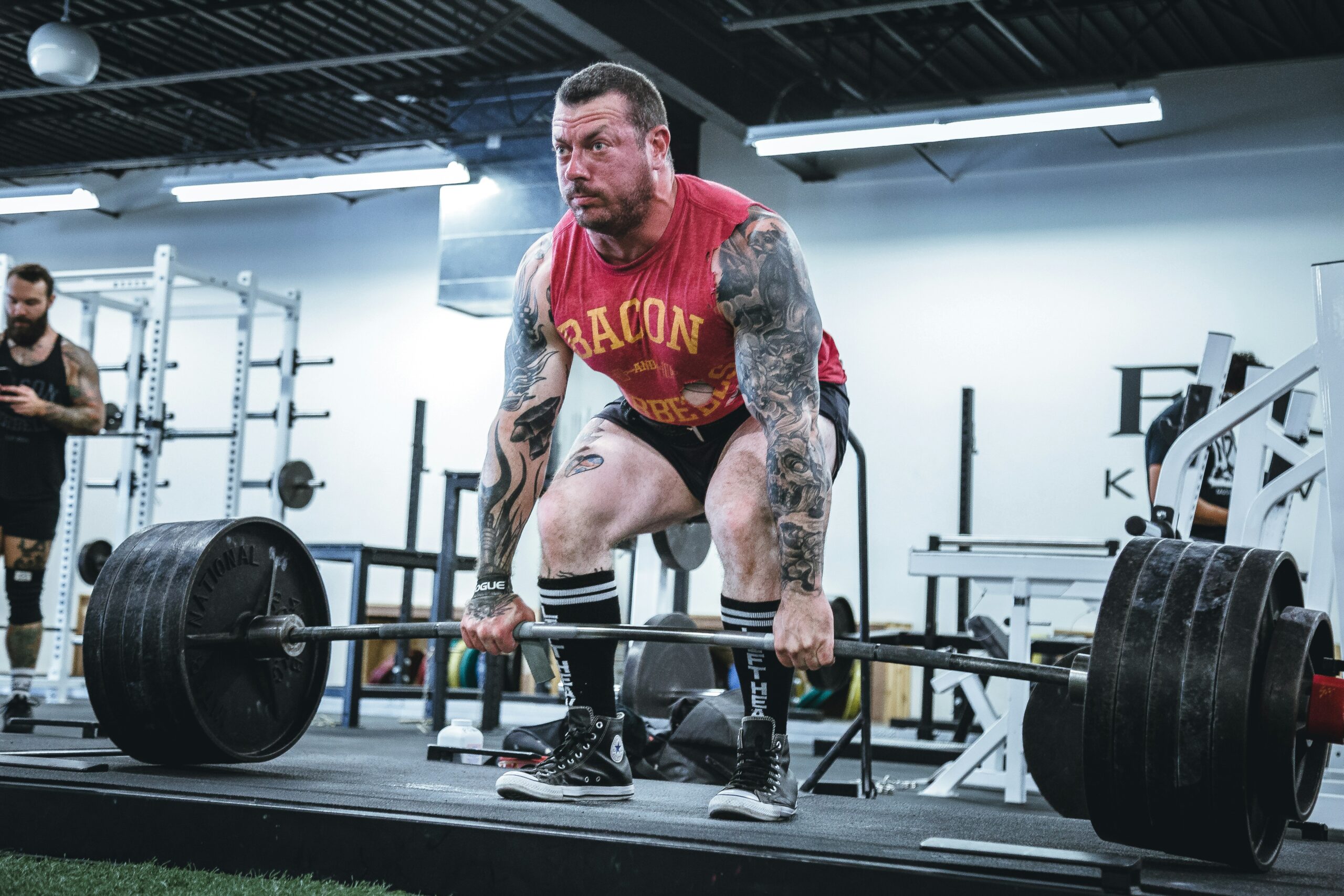Weight training and running are two powerful forms of exercise, each offering unique benefits. While running is excellent for cardiovascular fitness, weight training enhances strength, endurance, and overall performance. Combining these two can elevate your fitness journey to new heights. In this blog, we explore 10 benefits of integrating weight training with running and how they complement each other for optimal results.

Improved Running Performance
Why it matters:
Strengthening your muscles through weight training can significantly improve your running performance. Stronger legs, core, and glutes enhance your stride efficiency and power.
How it helps:
Weight training builds muscle strength, which reduces fatigue during long runs.
Improved strength allows you to run faster and maintain speed over longer distances.
Tips for combining:
Incorporate exercises like squats, lunges, and deadlifts to target running-specific muscles.
Reduced Risk of Injury
Why it matters:
Running places repetitive stress on your joints, muscles, and tendons, leading to common injuries like shin splints, runner’s knee, or IT band syndrome. Weight training can fortify your body to withstand this stress.
How it helps:
Strengthening stabilizer muscles improves joint stability.
Correcting muscle imbalances reduces strain on overworked areas.
Tips for combining:
Focus on functional strength training exercises like single-leg deadlifts and Bulgarian split squats.
Enhanced Muscle Endurance
Why it matters:
Muscle endurance is crucial for long-distance running and maintaining form during extended efforts. Training with weights can enhance this endurance.
How it helps:
High-rep weightlifting builds muscular stamina.
Stronger muscles delay fatigue during runs.
Tips for combining:
Perform exercises with lighter weights and higher repetitions to simulate endurance demands.
Boosted Metabolism and Fat Loss
Why it matters:
Combining running and weight training creates the perfect formula for burning calories and increasing metabolic rate.
How it helps:
Running burns calories during the activity, while weightlifting increases muscle mass, which boosts resting metabolic rate (RMR).
The combination accelerates fat loss while preserving lean muscle.
Tips for combining:
Alternate running days with weights days for balanced fat-burning results.
Better Bone Health
Why it matters:
Both lifting weights and running are weight-bearing exercises that improve bone density, reducing the risk of osteoporosis.
How it helps:
Weight training increases bone strength through resistance.
Running stimulates bone remodeling due to the impact force.
Tips for combining:
Incorporate resistance exercises targeting major joints like hips and knees to complement running’s impact benefits.
Increased Core Strength and Stability
Why it matters:
A strong core is essential for maintaining good posture and efficient movement while running.
How it helps:
Exercises like planks, Russian twists, and overhead presses strengthen your core muscles.
A stable core reduces energy wastage and improves running economy.
Tips for combining:
Include core-focused workouts 2-3 times a week to support your running form.
Greater Mental Resilience
Why it matters:
Both running and weights build mental toughness, which is essential for overcoming physical and psychological challenges.
How it helps:
Running teaches perseverance and pacing through discomfort.
Lifting weights builds confidence as you lift heavier and push past limits.
Tips for combining:
Use challenging workouts like hill sprints (running) and progressive overload (weight training) to develop resilience.
Balanced Muscle Development
Why it matters:
Running predominantly works the lower body, while lifting weights allows you to target other muscle groups for balanced development.
How it helps:
Prevents overdevelopment of certain muscles, reducing the risk of imbalances.
Strengthens upper body muscles, improving overall strength and posture.
Tips for combining:
Incorporate exercises like bench presses, pull-ups, and rows to complement lower-body running workouts.
Enhanced Recovery and Reduced DOMS
Why it matters:
Weight training can improve circulation and help reduce delayed onset muscle soreness (DOMS) caused by running.
How it helps:
Strengthening muscles reduces micro-tears from repetitive running stress.
Better blood flow aids recovery by delivering nutrients to fatigued muscles.
Tips for combining:
Use active recovery techniques, such as light weightlifting or resistance band work, on rest days.
See our article all about recovery here
Long-Term Fitness Sustainability
Why it matters:
Combining weight training with running creates a well-rounded fitness routine that’s sustainable and enjoyable.
How it helps:
Prevents workout monotony by offering variety.
Enhances longevity in both disciplines by reducing wear and tear on the body.
Tips for combining:
Plan a weekly schedule that alternates between weight training, running, and rest days.
How to Get Started with Weight Training and Running
Plan Your Schedule
Alternate running and weight training days to avoid overtraining.
Example:
Monday: Strength training
Tuesday: Easy run
Wednesday: Rest or active recovery
Thursday: Weight training
Friday: Tempo run
Saturday: Long run
Sunday: Rest
Focus on Compound Movements
Incorporate multi-joint exercises like squats, deadlifts, and pull-ups for maximum efficiency and strength gains.
Prioritize Recovery
Get 7-9 hours of sleep each night.
Stay hydrated and consume balanced meals rich in protein, carbs, and healthy fats.
Listen to Your Body
Avoid overtraining by monitoring fatigue levels and adjusting intensity as needed.
FAQs
Q: How often should I do weight training if I run regularly?
A: Aim for 2-3 weight training sessions per week to complement your running routine without overtraining.
Q: Can weight training make me a slower runner?
A: No, proper strength training improves power and efficiency, which can make you a faster runner.
Q: Should I run before or after weight training?
A: It depends on your goals. Run first if endurance is your priority; lift first if strength is your focus.
Conclusion
Combining weight training with running is one of the best ways to enhance your overall fitness. By integrating these two disciplines, you’ll improve performance, reduce injury risk, and create a sustainable fitness routine. Remember to start slowly, listen to your body, and enjoy the journey as you reap the benefits of this powerful combination.
By making weight training and running a part of your fitness lifestyle, you’ll unlock your full potential and enjoy long-lasting results. Keep pushing forward, and success will follow!

